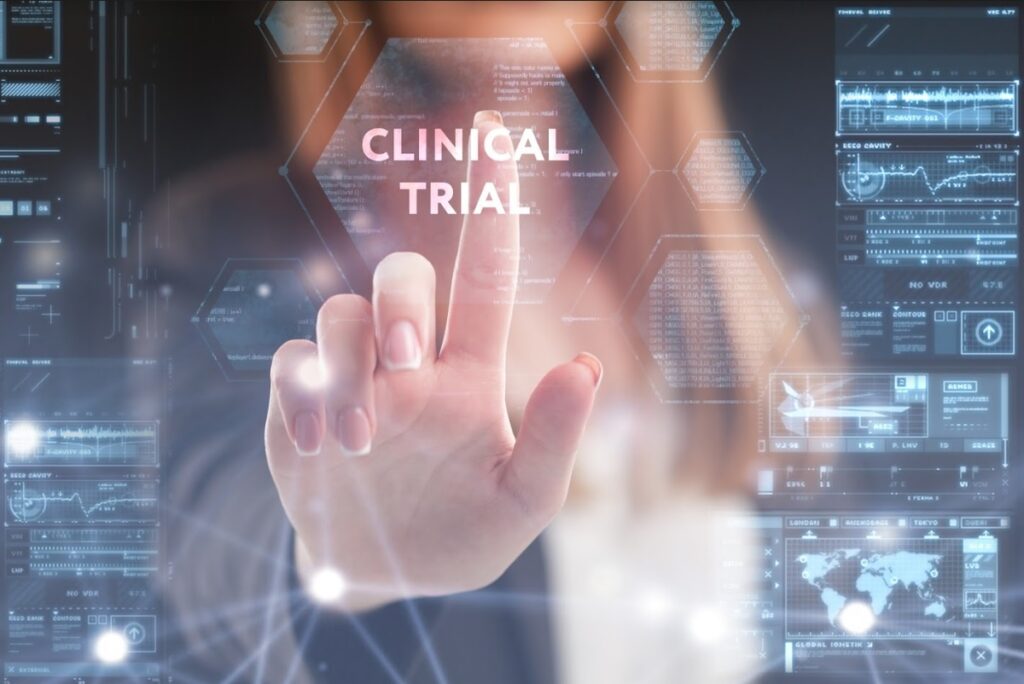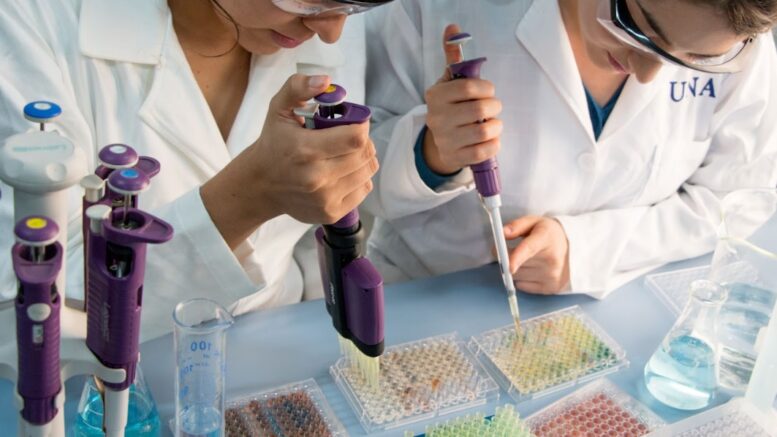Medication helps humans to cure illnesses and stay healthy. New drugs are constantly being developed to meet various health needs and provide lower-cost alternatives to the ones already on the market. Developing these drugs from scratch is a rigorous process that takes place over several years and costs a lot of money. Pharmaceutical companies conduct intensive research and clinical trials to produce these medicines. These clinical trials take time, but many companies now use healthcare software solutions to reduce that time and produce faster results.
The creation of new medicines has several stages, none of which can be bypassed without compromising health and safety standards. Most countries have regulatory bodies that ensure pharmaceutical companies develop new drugs to the highest safety, efficacy, and ethical standards possible. The goal is to keep consumers safe and prevent the cure from being worse than the disease it claims to treat.
Stages of Drug Development
The entire process is carried out by medical experts, including pharmacists, doctors, researchers, pathologists, virologists, data analysts, microbiologists, biochemists, and chemists. They work hand-in-hand to understand the behavior of bacteria, parasites, and viruses and their reaction to various concentrations of chemical compounds. Drug development is challenging but worthwhile because the result is a new treatment option for people suffering from a disease. Here are the stages involved:
Target identification
This is the preclinical phase, where scientists research the mechanism of the disease in question to discover how it affects the body and how drugs can interfere with that process. They will study how the disease spreads through the body, its behavior on a cellular level, and the proteins or molecules the proposed drug can target. The researchers use many techniques in this phase, including genetic analysis, computer modeling and simulation, and high-throughput screening.
Design and development of the new drug
After identifying a target in the preclinical phase, pharmacists will design a drug that can interact with it and regulate its activity. This stage involves the synthesization and optimization of chemical compounds that have the properties needed to effectively stop the disease from causing harm. They will test different formulas on animal models and cell cultures to gauge their safety and effectiveness.
Submission of an Investigational New Drug Application
Pharmaceutical companies must submit an Investigational New Drug application before testing a new drug on humans. Government regulatory bodies like the Food and Drug Administration (FDA) mandate companies to submit data on their preclinical trials for evaluation. During the review process, the regulatory body will assess the safety and efficacy data and scrutinize their plans for clinical trials. If approved, the pharmaceutical company will be allowed to conduct clinical trials.
Clinical trials

Researchers will conduct trials on humans to test the safety and efficacy of the drug they have created. They will also determine the optimal dosage for patients during this stage. Clinical trials usually occur in three phases.
- Phase one: Researchers test the experimental drug on a small group of healthy participants (usually between 20 and 80 people) to determine its optimal dosage and assess its safety. This phase lasts for several months.
- Phase two: Researchers test the drug on hundreds of people suffering from the disease in question to gauge its effectiveness. However, this sample size is not large enough to demonstrate the drug’s benefits on a large scale. Phase two of clinical trials usually lasts about two years.
- Phase three: The drug is tested on a larger group of people (between 300 and 3000) to monitor adverse reactions and further gauge its effectiveness. Phase three lasts between one to four years.
Pharmaceutical companies have to recruit people to participate in clinical trials and collect a large volume of data for analysis. These can be challenging when conducted through traditional means. However, healthcare software solutions make them easier. Healthcare software programs have numerous features, like the ability to store data and share it with other researchers in real-time to improve collaboration. This increases efficiency and reduces the time and money spent on clinical trials.
Submission of a New Drug Application
If the clinical trials are successful, the pharmaceutical company developing the new drug will compile the results of all the tests they conducted and submit them alongside their plans for labeling and manufacturing it at scale to the appropriate government body. The regulatory body will review the New Drug Application to weigh its benefits against its risks.
Regulatory approval
The government regulatory body will carefully evaluate all the submitted data to ensure the drug is safe, effective, and high-quality. If everything is in order, the new drug will be approved, the pharmaceutical company will be allowed to produce it at scale, and medical practitioners will be permitted to prescribe it to patients. The drug labels and marketing claims must be in line with the information submitted to the regulators.
Post-approval monitoring
Drugs are monitored post-approval to detect unforeseen side effects or adverse reactions. This is done to ensure their wide-scale and long-term safety and efficacy. Phase four of clinical trials usually kicks in during this process with the intent to observe how the drug performs in the real world. The drug developers will note its interactions with other medications, adverse effects on a specific demographic or type of patient, and possible long-term side effects.
Why Drug Recalls Occur
Some drugs successfully approved for the mass market can be recalled if a regulatory body or the production company determines they pose a significant threat to public health. This can result from poor quality control, labeling errors, non-compliance with regulatory standards, serious side effects, and safety concerns. Depending on the root cause, the culpable pharmaceutical company might face sanctions, or lawsuits, or be compelled to discontinue production, or address the issue internally and release safe alternatives.
Endnote
Developing a new drug and bringing it to market is costly and time-consuming, but the end product is worth it. People get life-saving treatments, and the production company profits from their expertise and investment. Every new drug has to undergo clinical trials and extensive review by regulators before approval to ensure they are safe for consumption and will work as intended.
